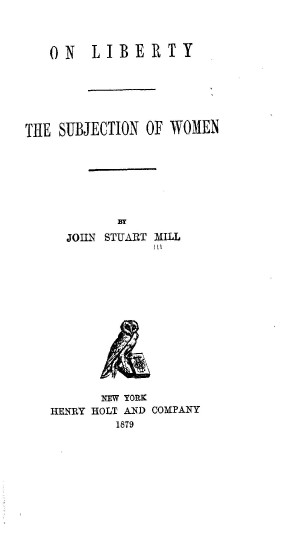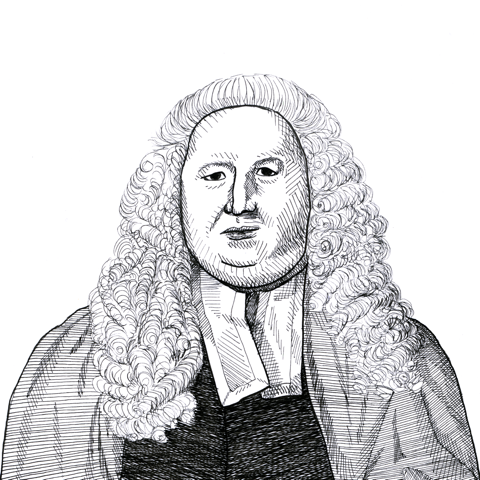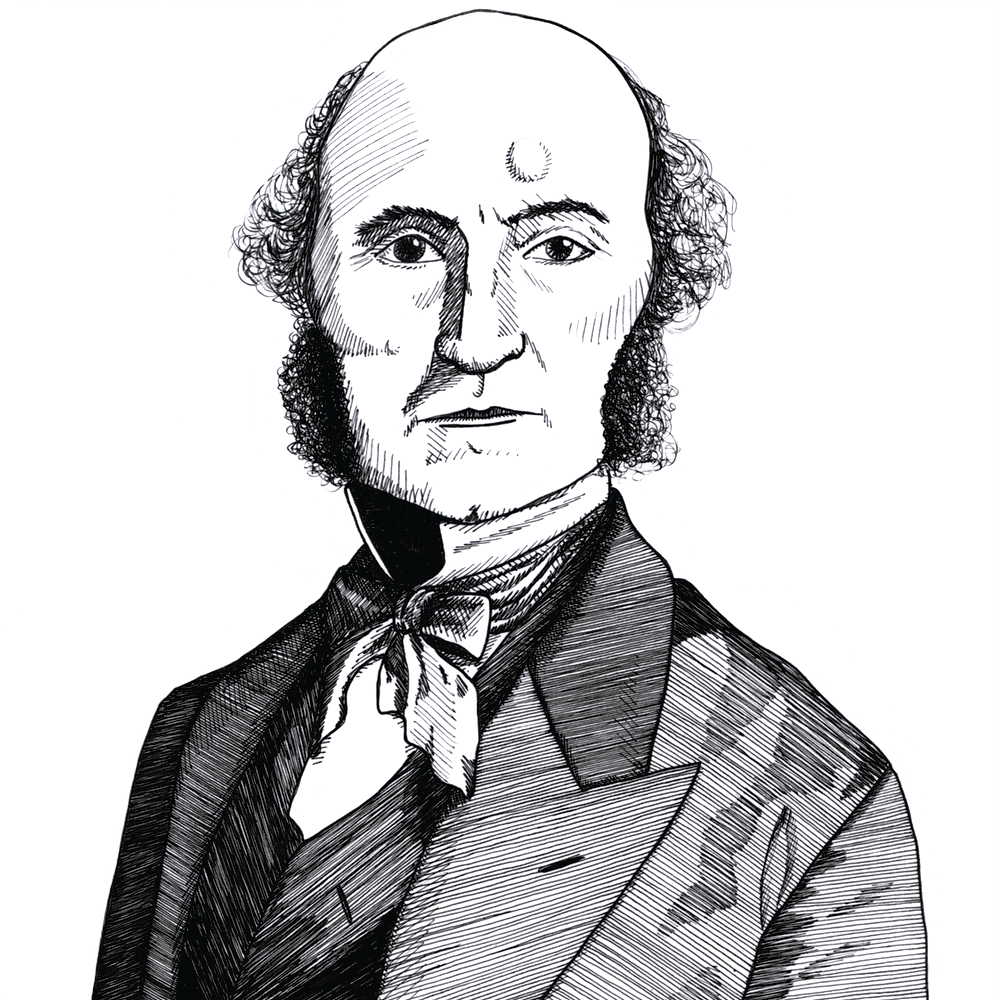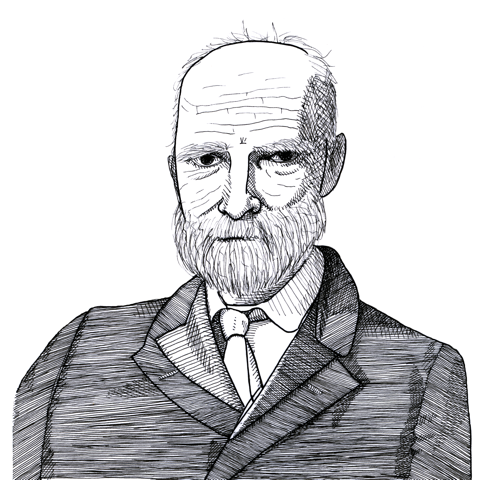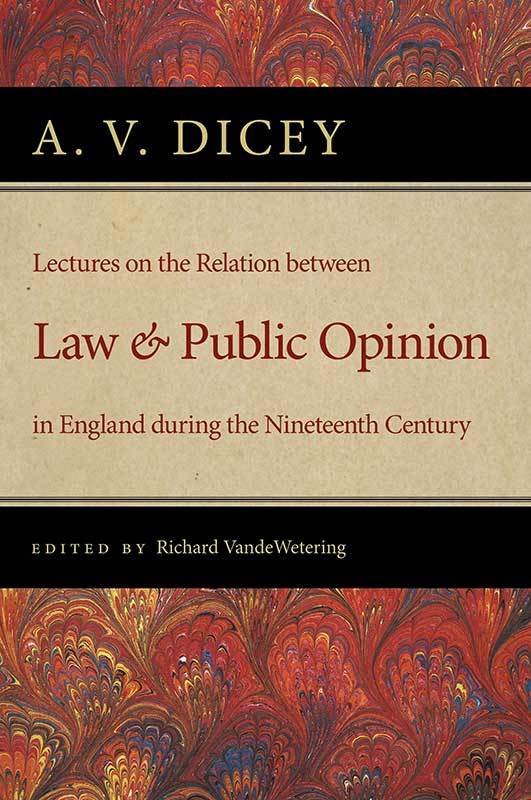
Lectures on the Relation between Law and Public Opinion (LF ed.)
- Albert Venn Dicey (author)
- Richard VandeWetering (editor)
This volume brings together a series of lectures A. V. Dicey first gave at Harvard Law School on the influence of public opinion in England during the nineteenth century and its impact on legislation. It is an accessible attempt by an Edwardian liberal to make sense of recent British history. Dicey’s lectures were a reflection of the anxieties felt by turn-of-the-century Benthamite Liberals in the face of Socialist and New Liberal challenges.
Related People
Key Quotes
War & Peace
One example of this change in political opinion is to be found in the altered attitude of the public towards peace and economy. During the era of Benthamism “peace and retrenchment” were the watchwords of all serious statesmen. This formula has now fallen out of remembrance. The point to be noted…
Critical Responses
The Scope of Judicial Law-Making in the Common Law Tradition
Lord Hodge, Justice of the Supreme Court of the United Kingdom
In this speech, Lord Hodge critiques Dicey’s work on judicial legislation and its relationship to common law.
Connected Readings
